Effect of moderate lameness on cow behaviour
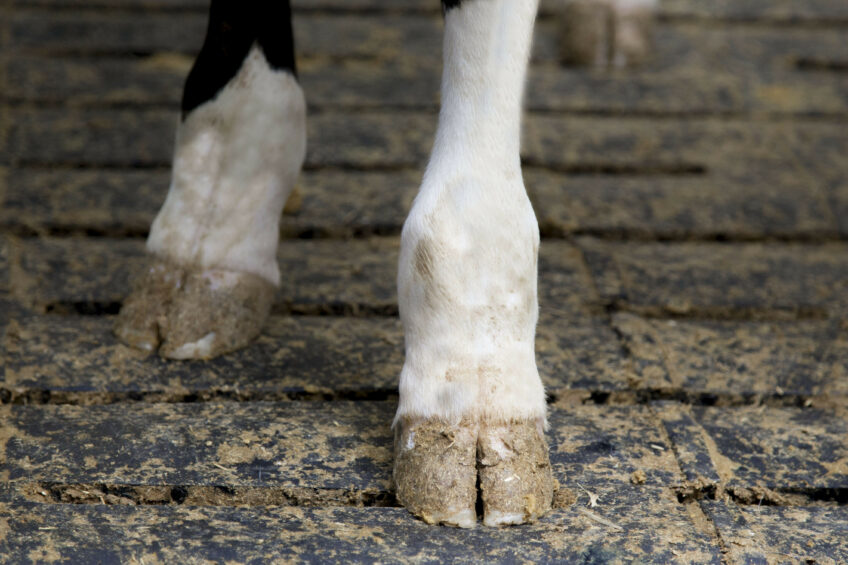
Moderate lame cows tend to lie longer, eat less and use the cow brush less often than non-lame cows. This is concluded from a study done by the Federal Food Safety and Veterinary Office (FSVO) in Switzerland.
Lameness is widespread in dairy cows kept in loose housing systems and represents one of the 3 major causes for early culling. Over 90% of all lameness cases are caused by claw disorders, which result from multifactorial risk factors. Lameness has a negative effect on the economic viability of farms because it results in reduced productivity and reproductive performance. Moreover, lameness has severe negative consequences for animal welfare.

Testing behavourial variables
For early detection of lameness, knowledge of the effects of moderate lameness on cow behaviour is crucial. Therefore, Swiss researchers tested the behaviour of non-lame and moderately lame cows on 17 Swiss dairy farms. The aim of this study was to identify behavioural variables that have the potential to be used as indicators for automatic early lameness detection. In the trial, the behaviour of non-lame and moderately lame cows was compared on 17 Swiss dairy farms during 2 data collection periods of 48 hours each, separated by an interval of 6 to 10 weeks. Lying behaviour, locomotor and neck activity, feeding and rumination behaviours, brush and concentrate feeder visits, and the milking order were examined in the same cows in both periods.
Longer lying, less eating
In comparison with non-lame cows, moderately lame cows had a longer lying duration, a longer average lying session duration, and a greater lateral asymmetry in lying duration. Average locomotor activity, locomotor activity during 1 hour after feed delivery or push-ups, and average neck activity were lower in moderately lame cows. Eating time and the number of eating chews (jaw movements) were reduced in moderately lame compared with non-lame cows, whereas no effect of moderate lameness was evident for ruminating time, number of ruminating chews and boluses, and average number of ruminating chews per bolus. Moderately lame cows visited the concentrate feeder and the brush less frequently, and they were further back in the milking order compared with non-lame cows.
Early detection remains key
In conclusion, the behaviour of moderately lame cows was found to differ in a biologically relevant way from non-lame cows. The changes in activity-, lying-, and feeding behaviours (e.g., lower locomotor activity, longer lying duration, shorter eating time) are known to cause disadvantages with respect to the bodily constitution and energy supply, which may predispose moderately lame cows to other health problems and a shorter life. Moreover, the restriction in mobility is likely to further affect the cows’ low resilience and social behaviours. The effects on the everyday life of moderately lame dairy cows in loose housing systems indicate that even an early stage of lameness already has a great potential effect on animal welfare.
The full (open access) paper, currently in press with the Journal of Dairy Science can be read here.
Join 13,000+ subscribers
Subscribe to our newsletter to stay updated about all the need-to-know content in the dairy sector, two times a week.
 Beheer
Beheer

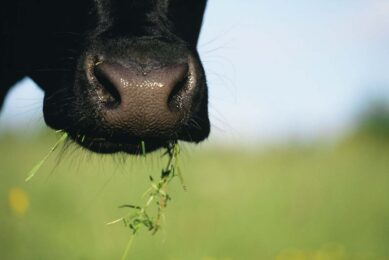
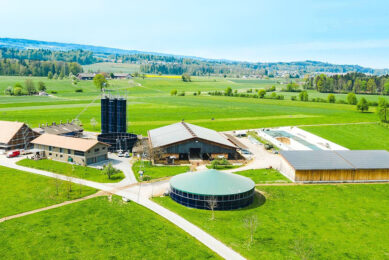
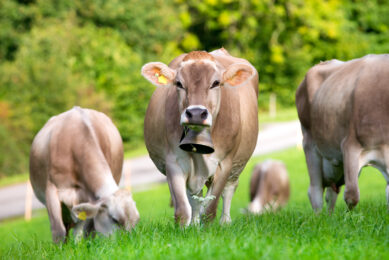
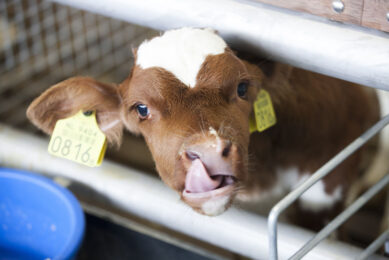




 WP Admin
WP Admin  Bewerk bericht
Bewerk bericht